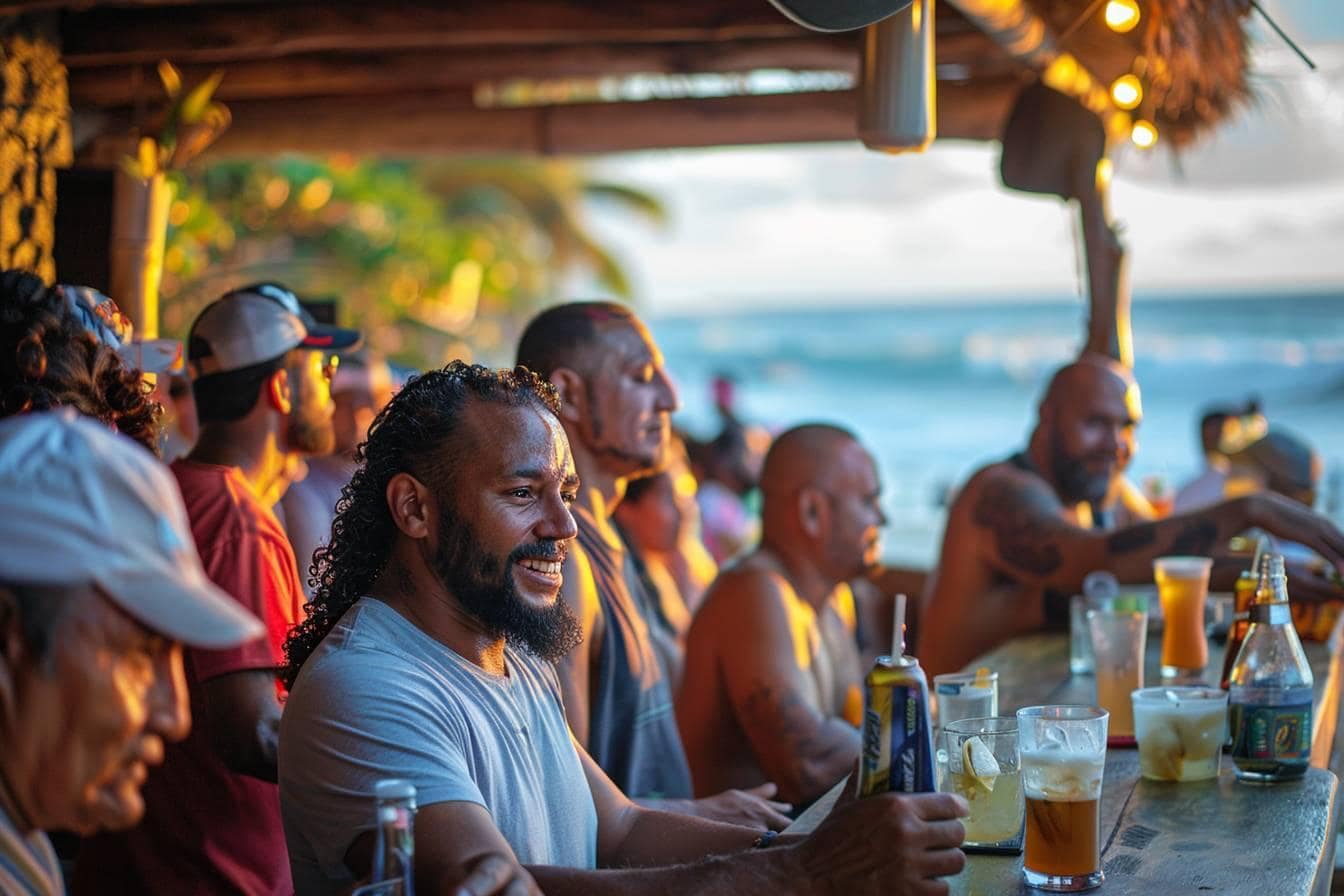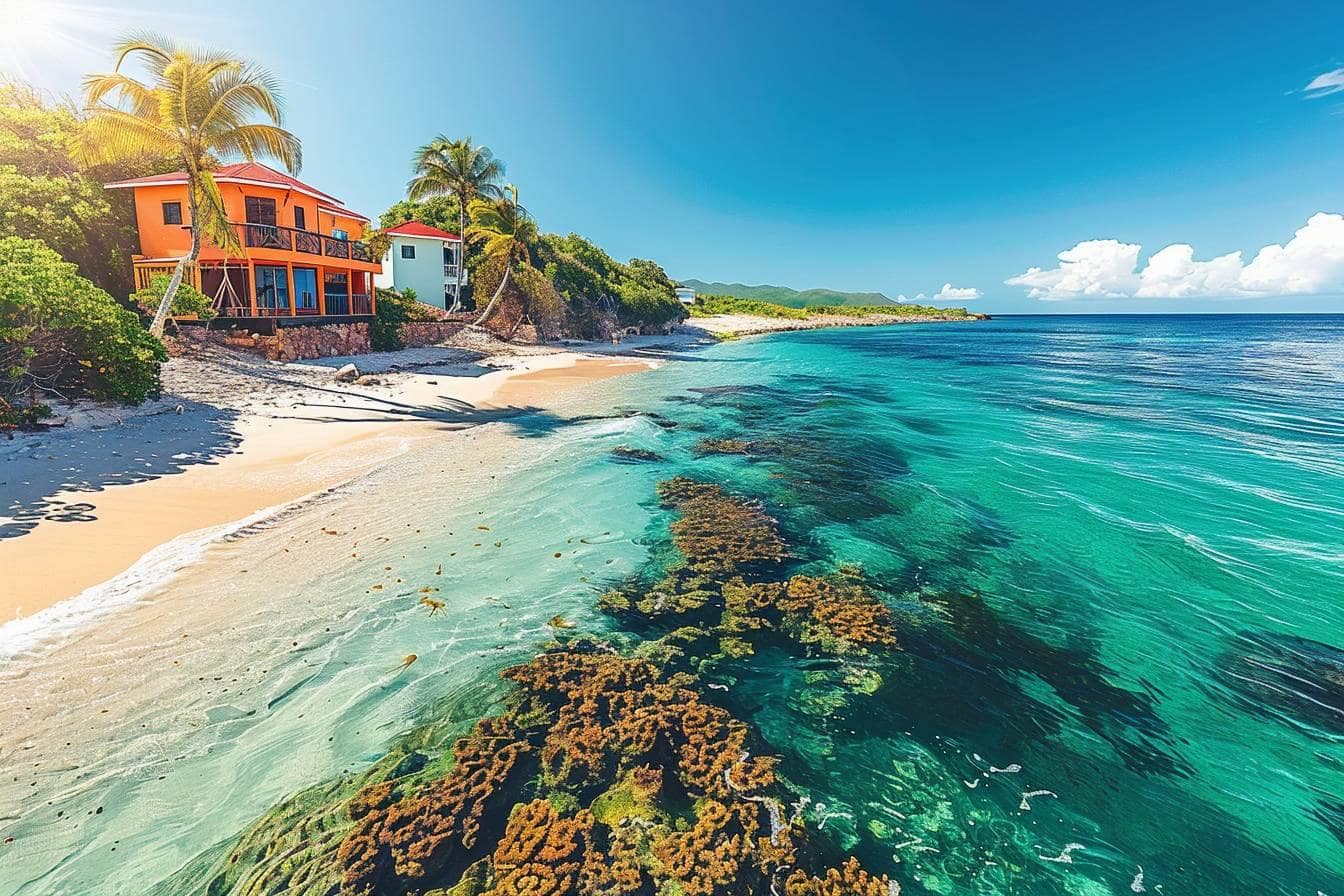As I sit on the pristine sands of Flamenco Beach, watching the turquoise waves gently lapping at the shore, I can’t help but feel I’ve stumbled upon a hidden Caribbean gem.
Culebra, a small island off Puerto Rico’s east coast, has captured my heart with its laid-back charm and unspoiled beauty. Let me take you on a journey through this paradise in the Spanish Virgin Islands, where adventure and relaxation go hand in hand.
In this article
- Unveiling Culebra's natural wonders
- Exploring Culebra's rich history and culture
- Planning your Culebra getaway: Tips and tricks
Unveiling Culebra’s natural wonders
Culebra’s allure lies in its untouched landscapes and vibrant marine life. Spanning just 10 square miles, this tiny island packs a punch when it comes to natural beauty. As a digital nomad always looking for off-the-beaten-path destinations, I was instantly drawn to Culebra’s pristine beaches and crystal-clear waters.
The crown jewel of Culebra is undoubtedly Flamenco Beach, often hailed as one of the world’s best beaches. Its powdery white sand and calm, azure waters create a postcard-perfect setting. But Flamenco isn’t the only beach worth visiting :
- Tamarindo Beach: A haven for snorkeling enthusiasts
- Carlos Rosario Beach: Boasting a vibrant coral reef
- Zoni Beach: Perfect for a secluded escape
- Playa Tortuga: A tranquil spot for wildlife watching
Beyond its beaches, Culebra is home to the Culebra National Wildlife Refuge. This protected area spans over 1,500 acres and safeguards crucial habitats for sea turtles and seabirds. As I hiked through the refuge, I marveled at the untamed beauty of the coastal ecosystems and the vital conservation work.
For those seeking underwater adventures, Culebra doesn’t disappoint. The island is surrounded by over 20 cays, offering unique snorkeling and diving opportunities. I embarked on a snorkeling excursion to Cayo Luis Peña during my stay. I swam alongside colorful tropical fish and even spotted a graceful sea turtle gliding through the coral gardens.
Exploring Culebra’s rich history and culture
While Culebra’s natural beauty takes center stage, its history is equally fascinating. As I wandered through the main town of Dewey (also known as Culebra Pueblo), I couldn’t help but reflect on the island’s intriguing past. With a population of around 1,800, Culebra is Puerto Rico’s least populous municipality, giving it a quaint, small-town feel.
One of the most striking reminders of Culebra’s history can be found right on Flamenco Beach. Rusted tanks, relics of the U.S. Navy’s former presence on the island, sit incongruously on the pristine sand. These weathered behemoths serve as a silent testament to Culebra’s complex relationship with the military.
Here’s a brief timeline of Culebra’s historical milestones :
| Year | Event |
|---|---|
| 1500s | Spanish colonization begins |
| 1901 | U.S. Navy establishes presence on Culebra |
| 1970s | Protests lead to end of Navy bombing practices |
| 1982 | U.S. Navy fully withdraws from Culebra |
| Present | Culebra thrives as an eco-tourism destination |
The island’s culture uniquely blends Puerto Rican traditions and laid-back island vibes. As I chatted with locals at beachside bars and family-run restaurants, I was struck by their warmth and pride in their island home. Many shared stories of the protests in the 1970s that led to the Navy’s withdrawal, a testament to the community’s resilience and determination to preserve their slice of paradise.

Planning your Culebra getaway: Tips and tricks
If you’re itching to experience Culebra’s charms for yourself, here are some insider tips to help you plan your trip :
Getting there: Culebra is accessible by ferry from Ceiba or by small plane from San Juan, Fajardo, or Ceiba. As a budget-conscious traveler, I opted for the ferry, which costs a mere $2-3 for tourists. However, be prepared for potential crowds, especially on weekends. Pro tip: Book your transportation in advance, particularly during peak season.
Where to stay: Culebra offers a range of accommodations to suit different budgets and preferences. Options include :
- Cozy guesthouses
- Boutique hotels
- Vacation rentals
I chose a charming Airbnb near Dewey, which allowed me to immerse myself in the local community while having easy access to beaches and amenities.
What to do: Beyond beach-hopping and snorkeling, consider these activities :
- Kayaking through mangrove forests
- Hiking in the Culebra National Wildlife Refuge
- Taking a day trip to nearby Culebrita island
- Sampling local cuisine at beachside kiosks
When to go: Culebra enjoys warm weather year-round, but the dry season (December to April) is ideal for beach activities. However, this is also the busiest time. For a quieter experience, consider visiting during the shoulder season (May- June or November).
I plan my return as I wrap up my time on this enchanting island. Culebra’s pristine beaches, rich marine life, and laid-back atmosphere have left an indelible mark on my traveler’s soul. Whether you’re seeking adventure, relaxation, or a bit of both, this Puerto Rican paradise will surely captivate you, just as it did me.

